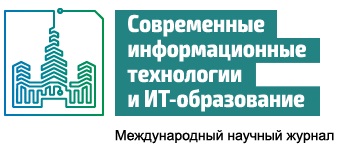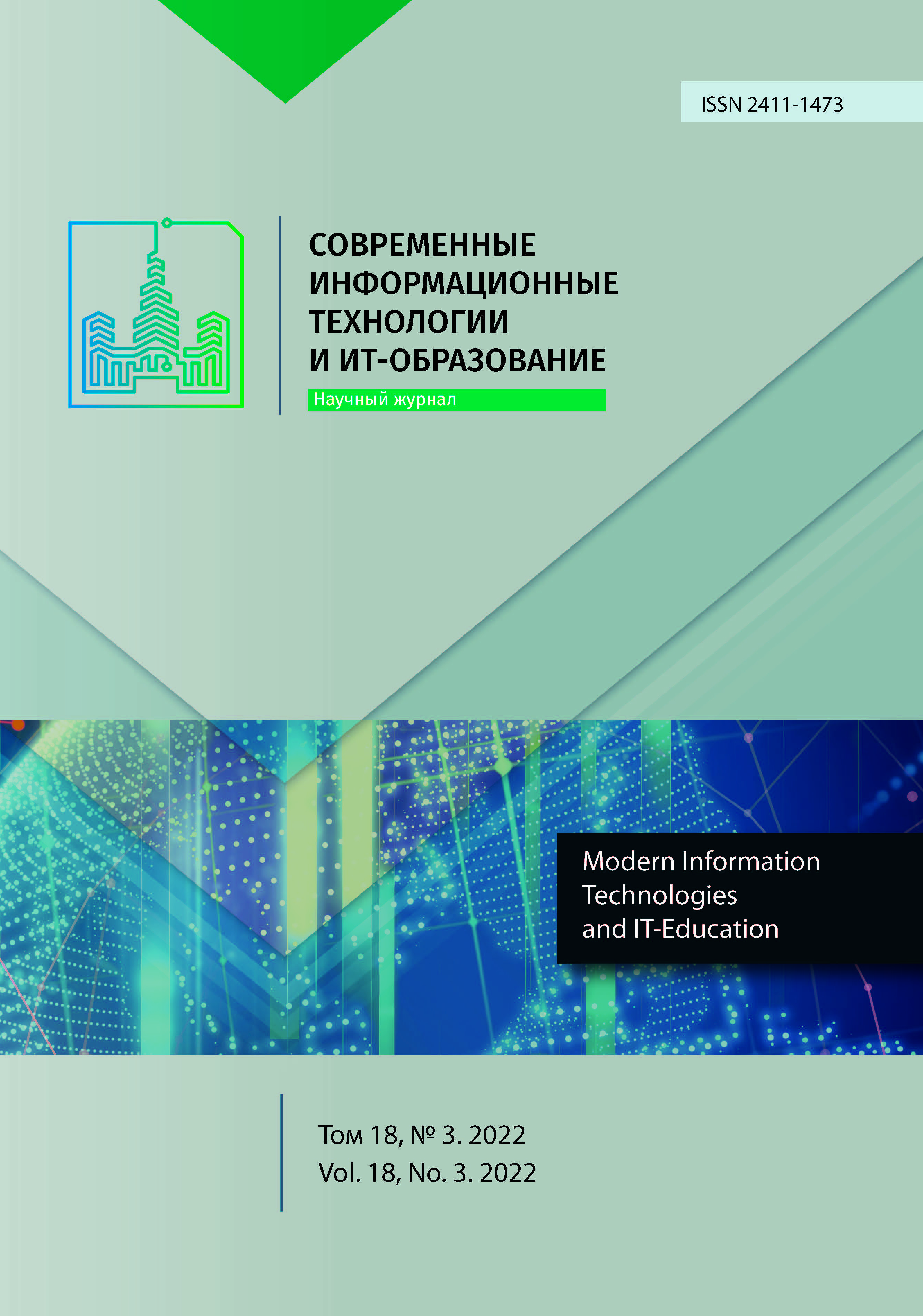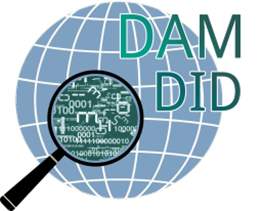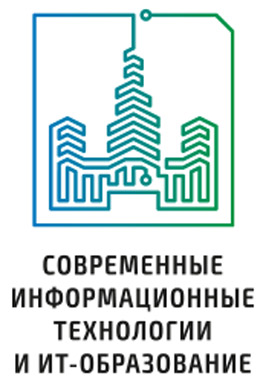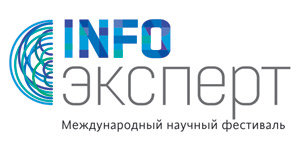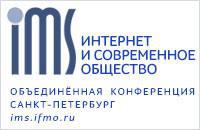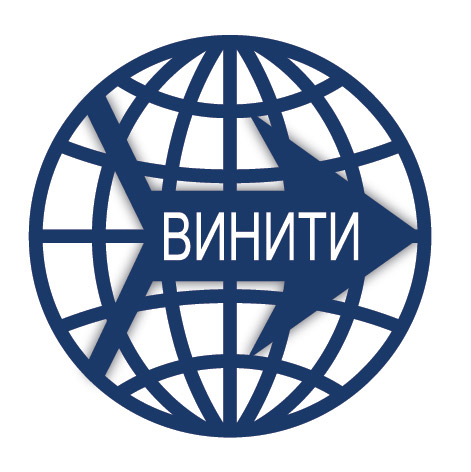Моделирование функционирования шахты средствами алгебры конечных автоматов DTA
Аннотация
Данная статья является продолжением предыдущей работы авторов, посвященной разработке алгебры конечных автоматов специального вида DTA (Digital Twin Algebra), предназначенной для математического моделирования поведения цифровых двойников производства. В данной работе для математического моделирования функционирования двойников используется аппарат алгебры DTA в виде систем конечных автоматов, согласованных по событиям или event matched machines – сокращенно – EMM-систем, при этом автоматы (квазиавтоматы) таких систем рассматриваются как имеющие специализированную многосортную структуру и соответствующую интерпретацию поведения. Многосортность структуры автоматов реализуется разбиением состояний квазиавтоматов EMM-систем на непересекающиеся классы, а именно множества их состояний разбиваются на два класса – A (состояния режимов функционирования объекта, моделируемого с помощью КА) и B (состояния производственной деятельности объекта). Такие КА называются двудольными КА или сокращенно BPA (Bipartite automaton). Используя наглядное графическое представление таких двудольных автоматов в виде диаграмм Мура, рассмотрен пример описания функционирования оборудования и средств некоторой воображаемой шахты горнодобывающего предприятия, демонстрирующий наглядность и адекватность средств предложенного аппарата для моделирования поведения аналогичных объектов производства.
Литература
2. Gapanovich D.A., Tarasova V.A., Sukhomlin V.A., Kupriyanovsky V.P. Analysis of Approaches to the Architectural Design of Digital Twins. International Journal of Open Information Technologies. 2022;10(4):71-83. Available at: https://www.elibrary.ru/item.asp?id=48247621 (accessed 03.06.2022). (In Russ., abstract in Eng.)
3. Borovkov A., Rozhdestvenskiy O., Pavlova E., Glazunov A., Savichev K. Key Barriers of Digital Transformation of the High-Technology Manufacturing: An Evaluation Method. Sustainability. 2021;13(20):11153. doi: https://doi.org/10.3390/su132011153
4. Tsarev M.V., Andreev Yu.S. Digital twins in industry: development history, classification, technologies, use cases. Journal of Instrument Engineering. 2021;64(7):517-531. (In Russ., abstract in Eng.) doi: https://doi.org/10.17586/0021-3454-2021-64-7-517-531
5. Mittal S., Khan M.A., Romero D., Wuest T. Smart manufacturing: Characteristics, technologies and enabling factors. Proceedings of the Institution of Mechanical Engineers, Part B: Journal of Engineering Manufacture. 2019;233(5):1342-1361. doi:10.1177/0954405417736547
6. Grieves M., Vickers J. Digital Twin: Mitigating Unpredictable, Undesirable Emergent Behavior in Complex Systems. In: Kahlen J., Flumerfelt S., Alves A. (eds.) Transdisciplinary Perspectives on Complex Systems. Cham: Springer; 2017. p. 85-113. doi: https://doi.org/10.1007/978-3-319-38756-7_4
7. Lim K.Y.H., Zheng P., Chen C.H. A state-of-the-art survey of Digital Twin: techniques, engineering product lifecycle management and business innovation perspectives. Journal of Intelligent Manufacturing. 2020;31(6):1313-1337. doi: https://doi.org/10.1007/s10845-019-01512-w
8. Corallo A., Del Vecchio V., Lezzi M., Morciano P. Shop Floor Digital Twin in Smart Manufacturing: A Systematic Literature Review. Sustainability. 2021;13(23):12987. doi: https://doi.org/10.3390/su132312987
9. Kupriyanovsky V. et al. The ontologies of cyber-physical systems of the national digital twin of Great Britain and BIM on the examples of smart cities, railways, and other projects. International Journal of Open Information Technologies. 2021;9(3);91-130. Available at: https https://www.elibrary.ru/item.asp?id=44853588 (accessed 03.06.2022). (In Russ., abstract in Eng.)
10. Cheng Y. et al. Cyber-physical integration for moving digital factories forward towards smart manufacturing: a survey. International Journal of Advanced Manufacturing Technology. 2018;97(1-4):1209-1221. doi: https://doi.org/10.1007/s00170-018-2001-2
11. Glushkov V.M. The Abstract Theory of Automata. Russian Mathematical Surveys. 1961;16(5):1-53. doi: https://doi.org/10.1070/RM1961v016n05ABEH004112
12. Jacoby M., Usländer T. Digital Twin and Internet of Things ‒ Current Standards Landscape. Applied Sciences. 2020;10(18):6519. doi: https://doi.org/10.3390/app10186519
13. Souza V. et al. A Digital Twin Architecture Based on the Industrial Internet of Things Technologies. In: 2019 IEEE International Conference on Consumer Electronics (ICCE). IEEE Computer Society; 2019. p. 1-2. doi: https://doi.org/10.1109/ICCE.2019.8662081
14. Haskamp H., Orth F., Wermann J., Colombo A.W. Implementing an OPC UA interface for legacy PLC-based automation systems using the Azure cloud: An ICPS-architecture with a retrofitted RFID system. In: 2018 IEEE Industrial Cyber-Physical Systems (ICPS). IEEE Computer Society; 2018. p. 115-121. doi: https://doi.org/10.1109/ICPHYS.2018.8387646
15. Liu Y. Review on cyber-physical systems. IEEE/CAA Journal of Automatica Sinica. 2017;4(1):27-40. doi: https://doi.org/10.1109/JAS.2017.7510349
16. Lu V.Q. et al. Developing a Dynamic Digital Twin at a Building Level: using Cambridge Campus as Case Study. In: International Conference on Smart Infrastructure and Construction 2019 (ICSIC): Driving data-informed decision-making. ICE Publishing; 2019. p. 67-75. doi: https://doi.org/10.1680/icsic.64669.067
17. Vrabič R., Erkoyuncu J.A., Butala P., Roy R. Digital twins: Understanding the added value of integrated models for through-life engineering services. Procedia Manufacturing. 2018;16:139-146. doi: https://doi.org/10.1016/j.promfg.2018.10.167
18. Shen W., Hao Q., Xue Y. A loosely coupled system integration approach for decision support in facility management and maintenance. Automation in Construction. 2012;25:41-48. doi: https://doi.org/10.1016/j.autcon.2012.04.003
19. Luo W. et al. A hybrid predictive maintenance approach for CNC machine tool driven by Digital Twin. Robotics and Computer-Integrated Manufacturing. 2020;65:101974. doi: https://doi.org/10.1016/j.rcim.2020.101974
20. Aheleroff S., Xu X., Zhong R.Y., Lu Y. Digital Twin as a Service (DTaaS) in Industry 4.0: An Architecture Reference Model. Advanced Engineering Informatics. 2021;47:101225. doi: https://doi.org/10.1016/j.aei.2020.101225
21. Sepasgozar S.M.E. Differentiating Digital Twin from Digital Shadow: Elucidating a Paradigm Shift to Expedite a Smart, Sustainable Built Environment. Buildings. 2021;11(4):151. doi: https://doi.org/10.3390/buildings11040151
22. Chinesta F., Cueto E.G., Abisset-Chavanne E., Duval J.L., Khaldi F.E. Virtual, Digital and Hybrid Twins: A New Paradigm in Data-Based Engineering and Engineered Data. Archives of Computational Methods in Engineering. 2020;27(1):105-134. doi: https://doi.org/10.1007/s11831-018-9301-4
23. Rasheed A., San O., Kvamsdal T. Digital Twin: Values, Challenges and Enablers From a Modeling Perspective. IEEE Access. 2020;8:21980-22012. doi: https://doi.org/10.1109/ACCESS.2020.2970143
24. Lapin E.S., Abdrakhmanov M.I. Formally proving whether the software implementation of models applied in instrumentation and control systems conform to the specified requirements. News of the Higher Institutions. Mining Journal. 2021;(7):99-108. (In Russ., abstract in Eng.) doi: https://doi.org/10.21440/0536-1028-2021-7-99-108
25. Lyutyagin D.V., Yashin V.P., Zabaikin Yu.V., Yakunin M.A. Features and trends of the digital transformation of the Russian mining industry. Economics: Yesterday, Today and Tomorrow. 2019;9(7А):147-159. Available at: https://www.elibrary.ru/item.asp?id=41196200 (accessed 03.06.2022). (In Russ., abstract in Eng.)

Это произведение доступно по лицензии Creative Commons «Attribution» («Атрибуция») 4.0 Всемирная.
Редакционная политика журнала основывается на традиционных этических принципах российской научной периодики и строится с учетом этических норм работы редакторов и издателей, закрепленных в Кодексе поведения и руководящих принципах наилучшей практики для редактора журнала (Code of Conduct and Best Practice Guidelines for Journal Editors) и Кодексе поведения для издателя журнала (Code of Conduct for Journal Publishers), разработанных Комитетом по публикационной этике - Committee on Publication Ethics (COPE). В процессе издательской деятельности редколлегия журнала руководствуется международными правилами охраны авторского права, нормами действующего законодательства РФ, международными издательскими стандартами и обязательной ссылке на первоисточник.
Журнал позволяет авторам сохранять авторское право без ограничений. Журнал позволяет авторам сохранить права на публикацию без ограничений.
Издательская политика в области авторского права и архивирования определяются «зеленым цветом» в базе данных SHERPA/RoMEO.
Все статьи распространяются на условиях лицензии Creative Commons «Attribution» («Атрибуция») 4.0 Всемирная, которая позволяет другим использовать, распространять, дополнять эту работу с обязательной ссылкой на оригинальную работу и публикацию в этом журналe.
